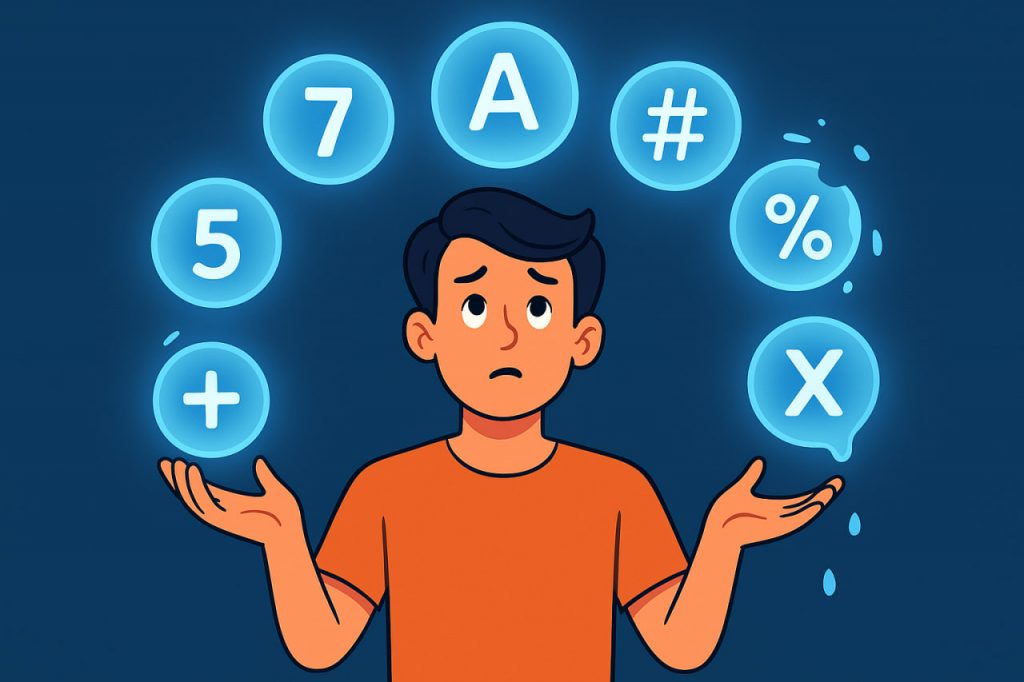Human intelligence is remarkable, yet it has clear cognitive boundaries. One of the most influential discoveries about the brain’s limitations in processing information is known as Miller’s Law, formulated by American psychologist George A. Miller in 1956. This law reveals how much information an average person can hold in their short-term memory at any given moment. Understanding this principle is essential in psychology, education, communication, and even artificial intelligence.
What Is Miller’s Law?
Miller’s Law states that the average human can store about seven (plus or minus two) pieces of information in working memory simultaneously. This means most people can hold between five and nine units of information before their mental capacity becomes overloaded. Miller introduced the concept in his groundbreaking paper “The Magical Number Seven, Plus or Minus Two.”
For example, when you try to remember a phone number such as 84951239873, you naturally group it into smaller chunks — 8495-123-9873 — to make it easier to recall. These groupings are known as “chunks,” and the process is called chunking.
How Short-Term Memory Works
Short-term memory is the brain’s temporary storage system. It keeps information available for seconds or minutes before it either fades or moves to long-term memory through repetition or association. This system is limited in both capacity and duration. Without reinforcement, information typically disappears within 20 to 30 seconds.
Miller discovered that this capacity limit applies across different sensory modes — whether remembering numbers, letters, words, or even tones. However, the “chunk” size can vary depending on what a person already knows. For instance, a chess master can remember complex board positions because they recognize familiar patterns, not individual pieces.
Chunking: Expanding the Limits of Memory
The key to overcoming memory limits lies in chunking, or grouping related information into meaningful units. For example:
- Instead of remembering “1, 9, 4, 5,” we remember “1945” — a historical year.
- Instead of eight random letters, we might recall “USA-NATO” as one chunk.
- Musicians remember notes as patterns, not individual sounds.
This strategy allows the brain to compress information efficiently. In education and design, chunking helps people process and retain information better, especially in digital learning or user interfaces.
Miller’s Law in Communication and Design
Miller’s principle is widely applied beyond psychology:
- Interface design: Modern apps limit visible options to around 5–9 to prevent cognitive overload.
- Education: Teachers break lessons into smaller segments so students can process them efficiently.
- Marketing and branding: Memorable slogans often contain 7 words or fewer.
- Speech and storytelling: Effective communicators avoid long lists or dense data without visual breaks.
By aligning content with the brain’s natural processing limits, information becomes more accessible and easier to remember.
Modern Research: Beyond the Magical Number Seven
While Miller’s Law remains foundational, later research refined it. Cognitive scientists such as Nelson Cowan (2001) suggested the true number might be closer to four chunks rather than seven. This does not contradict Miller’s idea but adjusts it for stricter definitions of working memory capacity.
Moreover, the ability to remember information varies by age, attention, stress, and familiarity. Skilled memory strategies, like visualization or mnemonics, can significantly extend these limits.
Miller’s Law in Artificial Intelligence
Interestingly, Miller’s Law has parallels in AI design. Machine learning systems and user interfaces benefit from simplified data presentation — mimicking how human brains process limited information at once. Understanding cognitive load helps engineers design systems that interact with people more naturally and efficiently.
Why Miller’s Law Still Matters
Miller’s Law highlights that human cognition thrives on structure and simplicity. In an age of digital overload, applying its principles can reduce stress, improve learning outcomes, and enhance digital communication. Whether in classroom teaching, app design, or everyday conversation, remembering that our mental “buffer” is finite helps us communicate more effectively and think more clearly.
Interesting Facts
- The original paper introducing Miller’s Law became one of the most cited works in psychology.
- Telephone numbers in many countries are designed around 7 digits due to this cognitive limit.
- Chunking is the same process used by pilots, surgeons, and chess players to handle complex information.
- Working memory capacity peaks around young adulthood and declines gradually with age.
- Modern cognitive load theory in education evolved directly from Miller’s discovery.
Glossary
- Working memory — a system responsible for temporarily holding and processing information.
- Chunking — grouping individual pieces of information into meaningful units.
- Cognitive load — the total amount of mental effort used in working memory.
- Short-term memory — temporary storage of information lasting seconds to minutes.
- Cowan’s limit — the updated concept suggesting humans can hold about 4 chunks of information at once.


